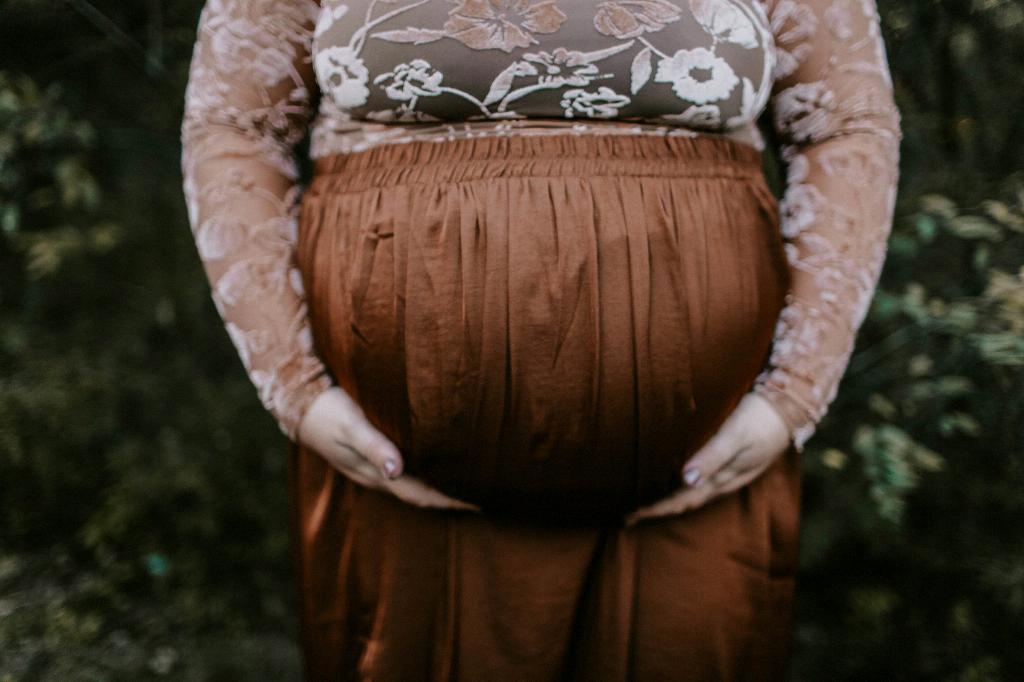Recognizing your baby’s movements in the womb can be an exciting and reassuring experience for expectant parents. Each baby has its unique patterns of activity, and understanding what to expect can help you bond with your little one even before birth.
Early Sensations: Quickening
When your baby first starts moving, you may feel gentle flutters, swishing sensations, or even tiny kicks. These early movements are often referred to as ‘quickening’ and can be an early sign of your baby’s activity in the womb.
Building Momentum: Increasing Activity
As your pregnancy progresses, you may notice a gradual increase in the frequency and intensity of your baby’s movements. Initially, these movements may be sporadic or gentle, but as your baby grows, you are likely to feel more distinct kicks, rolls, and even hiccups.
Noticing Patterns: Understanding Your Baby’s Routine
By paying attention to your baby’s movements, you may start to notice patterns or routines. Some babies are more active in the morning, while others may be more active in the evening. Understanding your baby’s unique patterns can help you feel more connected to your little one.
Responding to Stimuli: Your Baby’s Reactions
It’s fascinating to observe how your baby responds to external stimuli. You may notice increased activity after you eat, drink something cold, or even when you talk or sing to your baby. These reactions show that your baby is aware and responsive even before birth.
Monitoring Movement: Counting Kicks
Healthcare providers often recommend monitoring your baby’s movements by counting kicks. You can set aside a specific time each day to pay attention to your baby’s activity. If you notice a decrease in movement or if your baby seems unusually quiet, contact your healthcare provider for guidance.
Signs of Distress: Changes in Movement
While most changes in your baby’s movements are normal, it’s essential to be aware of signs of potential distress. If you notice a significant decrease in movement or if your baby’s movements are suddenly more intense or frantic, seek medical attention promptly.
Communicating with Your Baby: Bonding Through Movement
Feeling your baby’s movements is a beautiful way to bond and communicate with your little one. You can talk, sing, or gently massage your belly to soothe and connect with your baby. These interactions can create a sense of closeness even before birth.
Embracing the Experience: Enjoying Your Pregnancy
While pregnancy can bring about a range of emotions and challenges, feeling your baby move in the womb is a special experience that can bring joy and excitement. Embrace each flutter, kick, and roll as a reminder of the precious life growing within you.
Seeking Support: Sharing Your Excitement
Don’t hesitate to share your excitement about your baby’s movements with your partner, family, or friends. Talking about your experiences and celebrating these moments can help you feel supported and connected during this transformative time.
Preparing for Parenthood: Anticipating Your Baby’s Arrival
As you feel your baby become more active in the womb, you may find yourself eagerly anticipating the day when you can finally hold your little one in your arms. Cherish these moments of anticipation and preparation as you embark on the journey of parenthood.
Conclusion
Recognizing and enjoying your baby’s movements in the womb is a precious part of the pregnancy experience. By paying attention to your baby’s activity, understanding patterns, and seeking support when needed, you can enhance your connection with your little one and prepare for the joys of parenthood that lie ahead.

